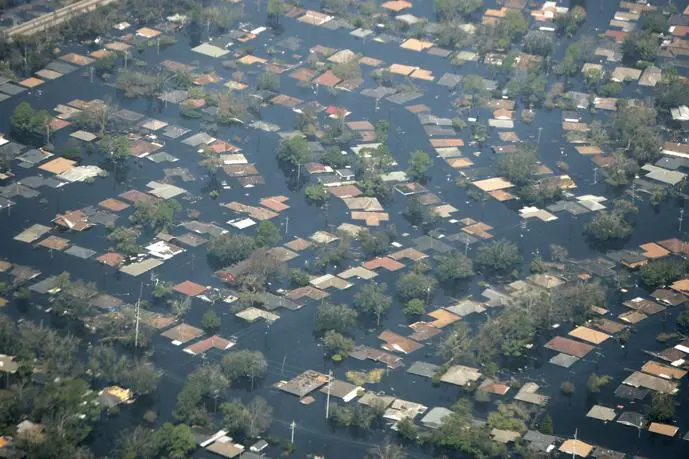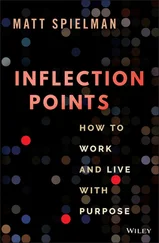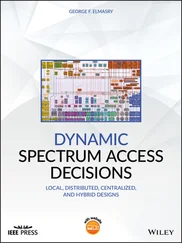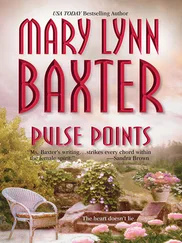At a briefing with Mike Chertoff. White House/Eric Draper

On Sunday morning, the National Hurricane Center described Katrina as “not only extremely intense but also exceptionally large.” Mayor Nagin had given instructions for a voluntary evacuation. I knew New Orleans well enough to understand that wouldn’t work. People had heard apocalyptic storm warnings for years. Some used them as an excuse to party on Bourbon Street in defiance of the hurricane gods. Others didn’t have the means to evacuate. The evacuation needed to be mandatory, with special arrangements for people who needed help, such as buses to transport those without cars—a step the city never took, leading to the heartbreaking scene of empty New Orleans school buses submerged in an abandoned parking lot.
I called Governor Blanco at 9:14 a.m.
“What’s going on in New Orleans?” I asked. “Has Nagin given the mandatory order?”
She said he had not, despite the dire warnings they had received the previous night from Max Mayfield, the director of the National Hurricane Center. Max later said it was only the second time in his thirty-six-year career he had been anxious enough to call elected officials personally.
“The mayor’s got to order people to leave. That’s the only way they’ll listen,” I told Governor Blanco. “Call him and tell him. My people tell me this is going to be a terrible storm.”
“They’re not going to be able to get everyone out in time,” she said. Unfortunately, I knew she was right. But it was better to start now than wait any longer.
“What else do you need from the federal government?” I asked the governor.
She assured me she had been working closely with my team and had what she needed.
“Are you sure?” I asked.
“Yes, Mr. President, we’ve got it under control,” she said.
“Okay, hang in there,” I said, “and call Ray and get him to evacuate, now.”
An hour later, Mayor Nagin announced the first mandatory evacuation in New Orleans history. “This is a threat that we’ve never faced before,” he said. Katrina’s landfall was less than twenty-four hours away.
I also called Governor Haley Barbour of Mississippi, Governor Bob Riley of Alabama, and my brother Jeb in Florida. I told them they could count on strong support from the federal government.
A little before 11:00 a.m., I joined a FEMA videoconference with officials from the states in Katrina’s projected path. It was rare for a president to attend a staff-level briefing like this. I saw some surprised looks on the screen when my face appeared. But I wanted to convey to the entire government how seriously I took this storm.
There was a discussion of potential flooding along the coastline and the possibility that water might spill over the top of the New Orleans levees. But no one predicted the levees would break—a different and much more severe problem than overtopping.
“The current track and forecast we have now suggests that there will be minimal flooding in the city of New Orleans itself,” Max Mayfield said. “But we’ve always said that the storm surge model is only accurate within about twenty percent.”
A few minutes later, I stepped out in front of the cameras. “Hurricane Katrina is now designated a Category Five hurricane,” I said. “We cannot stress enough the danger this hurricane poses to Gulf Coast communities. I urge all citizens to put their own safety and the safety of their families first by moving to safe ground. Please listen carefully to instructions provided by state and local officials.”

At 6:10 a.m. Central Time on Monday, August 29, Hurricane Katrina made landfall in Louisiana. The eye of the storm passed over Plaquemines Parish, at the far southeastern tip of the state, and plowed north across the Louisiana-Mississippi border, about forty miles east of New Orleans. “The worst weather in this system is indeed going to bypass downtown New Orleans and go to our east,” NBC News’s Brian Williams reported. He said New Orleans was experiencing “the best of the worst-case scenarios.” Several journalists on the scene said the city had “dodged a bullet.” Governor Blanco confirmed that while some water had spilled over the tops of the levees, they had detected no breaches. My staff and I went to bed thinking the levees had held.
In Mississippi, there was no uncertainty about the damage. Eighty miles of coastline had been obliterated. Downtown Gulfport sat under ten feet of water. Casinos, barges, and bridges were ruined. US-90, a major highway running across southern Mississippi, was shut down. In the city of Waveland, 95 percent of structures were severely damaged or destroyed.

Early Tuesday morning, Day Two of Katrina, I learned that the first reports were wrong. The levees in New Orleans had been breached. Water from Lake Pontchartrain began to pour into the city, filling the bowl. An estimated 80 to 90 percent of residents had evacuated, but tens of thousands had not, including many of the poor and vulnerable in low-lying areas like the Lower Ninth Ward.
While it was important to get relief supplies into the city, our first priority had to be saving lives. Coast Guard helicopters took the lead in the effort. As pilots dodged power lines and trees, rescuers rappelled down dangling ropes in midair to pluck residents from rooftops. When I heard critics say the federal response to Katrina was slow, I thought about those brave Coast Guardsmen who mounted one of the most rapid and effective rescue operations in American history.
“This morning our hearts and prayers are with our fellow citizens along the Gulf Coast who have suffered so much from Hurricane Katrina,” I said in San Diego, where I had come to commemorate the sixtieth anniversary of America’s victory in the Pacific theater of World War II. “… The good folks in Louisiana and Mississippi and Alabama and other affected areas are going to need the help and compassion and prayers of our fellow citizens.”
After the speech, I decided to head back to Crawford, pack up for the capital, and return to Washington on Wednesday morning. Joe Hagin had reached out to Governors Blanco and Barbour to discuss the possibility of a visit. Both felt it was too early. A presidential arrival would have required dozens of law enforcement officials to provide security at the airport, an ambulance and medical personnel on standby, and numerous other resources. Neither governor wanted to divert rescue assets to prepare for my arrival. I agreed.
Aboard Air Force One, I was told that our flight path would take us over some of the areas hit by Katrina. We could fly low over the Gulf Coast to give me a closer look. If I wasn’t going to land in the disaster zone, I figured the next best thing was to get a sense of the devastation from above.
What I saw took my breath away. New Orleans was almost totally submerged. In some neighborhoods, all I could see were rooftops peeking out from the water. The Superdome roof had peeled off. The I-10 bridge connecting New Orleans with Slidell had collapsed into Lake Pontchartrain. Cars floated down rivers that used to be streets. The landscape looked like something out of a horror movie.

The haunting view of New Orleans from Air Force One two days after Katrina. White House/Paul Morse
The devastation in Mississippi was even more brutal. For miles and miles along the shore, every standing structure had been reduced to timber. Pine trees were strewn across the coast like matchsticks. Huge casinos that sat on barges in the Gulf were destroyed and washed ashore in pieces. The bridge over Bay St. Louis was gone. This must be what it looks like when a nuclear bomb explodes , I thought.
Читать дальше













